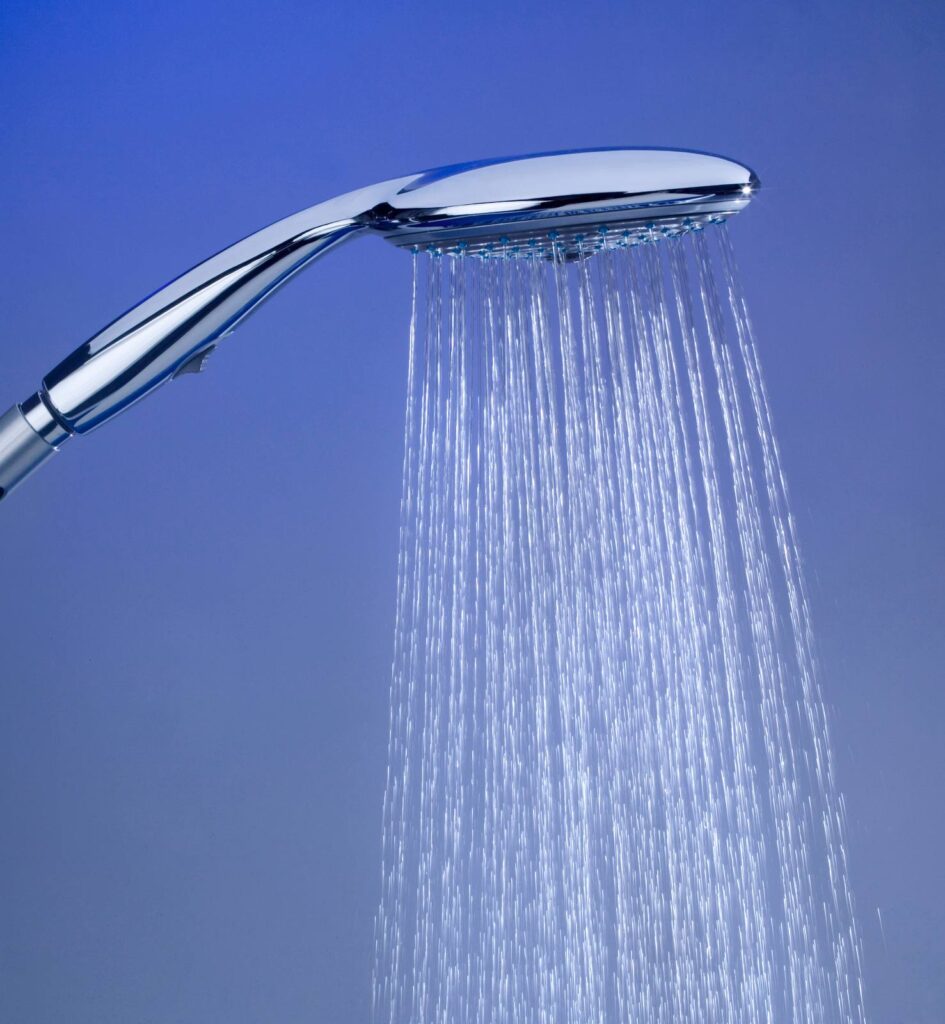A lot of faucets and shower heads are fitted with flow restrictors, which are devices that slow down the flow from the faucet or shower head in order to save on energy and reduce water waste. However, sometimes people find that flow restrictors work a little too well and leave them with insufficient water pressure. If that is the case, you can remove your flow restrictor in just a few simple steps.
Need a little help?
Removing a Shower Flow Restrictor
- Remove the showerhead by unscrewing it from the pipe that attaches to the wall.
- Check to see if your showerhead has a mesh screen inside it. If it does, remove the screen by turning the showerhead and gently tapping it. If this doesn’t work to loosen the screen, gently take it out with needle-nose pliers.
- Inside the showerhead, you’ll see a circular rubber gasket. This is called the O-ring. Remove the O-ring by prying it up with an unbent paperclip, being careful not to damage the rubber.
- Now you’ll be able to see the flow restrictor, which looks like a star-shaped piece of metal inside a plastic ring. Using your paperclip again, gently pry up the restrictor to remove it.
- Pop the O-ring back into place and replace the mesh screen if you have one.
- Screw your showerhead back on and you’re done!
Removing a Faucet Flow Restrictor
In the case of faucets, there are two types of flow restrictors that you may have:
Single Flow Restrictor
- Protect the head of your faucet by putting either a thick rubber band or a cloth around it. This will prevent damaging it when you loosen it.
- Use an adjustable wrench to loosen the head of your faucet. Position the wrench and apply gentle pressure as you twist until the faucet head comes free.
- Remove the flow restrictor (it should come out easily).
- Tighten the faucet head.
Flow Restrictor in an Aerator
- Plug the drain. There are more small parts involved in a faucet with an aerator, so make sure the drain is blocked to prevent losing anything.
- The aerator is located at the end of the faucet head and you should be able to unscrew it with your hands. However, if it’s stuck you can use a wrench to unscrew it, just protect the aerator by wrapping a thick rubber band or a cloth around it before taking the wrench to it.
- Locate the flow restrictor in the aerator. It should look like a flat screen.
- Gently remove the flow restrictor, either with your fingers or with a flathead screwdriver.
- Screw the aerator back into your faucet.



